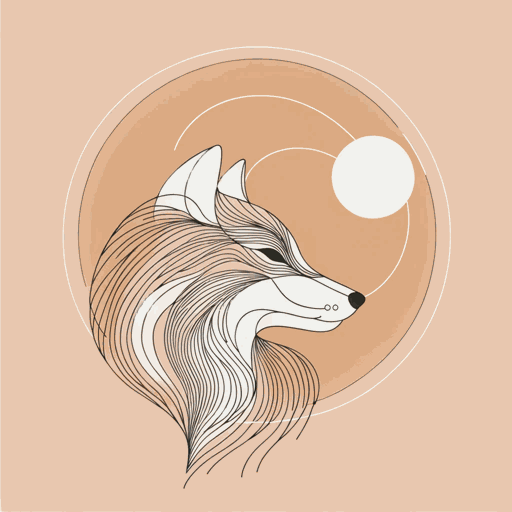68 pages • 2 hours read
Tomson HighwayKiss of the Fur Queen
Fiction | Novel | Adult | Published in 1998A modern alternative to SparkNotes and CliffsNotes, SuperSummary offers high-quality Study Guides with detailed chapter summaries and analysis of major themes, characters, and more.
Symbols & Motifs
Weesageechak and the Fur Queen
In “A Note on the Trickster,” a section preceding the novel, Highway notes that the Trickster—variously Weesageechak (Cree), Nanabush (Ojibway), Raven, or Coyote—is a figure as central to Indigenous belief and culture as Jesus is in Christian cosmology. Comic and clownish, the Trickster spirit's role is to change forms and teach humans invaluable lessons about existence on Earth. One central motif in Kiss of the Fur Queen is the presentation of the Fur Queen as Weesageechak. The Fur Queen appears from the novel’s first chapter to its last, watching over the lives of the Okimasis brothers and sometimes intervening in their experiences, such as when a fur-clad woman hands the brothers tickets to a ballet. The Trickster also appears before Jeremiah as a showgirl-like arctic fox who says things like, “These audiences are too much for me, if you really want to know my little honeypot, they’re a buncha fucking pigs” (231). The Fox-Woman confirms her link to Weesageechak when she tells Jeremiah, “You’re talking to Miss Maggie Sees. Miss Maggie—Weesageechak—Nanabush—Coyote—Raven—Glooscap” (247). At the novel’s end, Gabriel reveals that he has always thought of the Fur Queen in Abraham’s championship portrait as the Trickster.
This unusual presentation of Weesageechak as female is befitting of the novel because it echoes Gabriel’s interest in genderfluidity.
Related Titles
By Tomson Highway
Featured Collections
Animals in Literature
View Collection
Books on Justice & Injustice
View Collection
Canadian Literature
View Collection
Childhood & Youth
View Collection
Colonialism & Postcolonialism
View Collection
Family
View Collection
Fear
View Collection
Forgiveness
View Collection
Hate & Anger
View Collection
Indigenous People's Literature
View Collection
LGBTQ Literature
View Collection
Popular Study Guides
View Collection
Pride & Shame
View Collection
Sexual Harassment & Violence
View Collection



